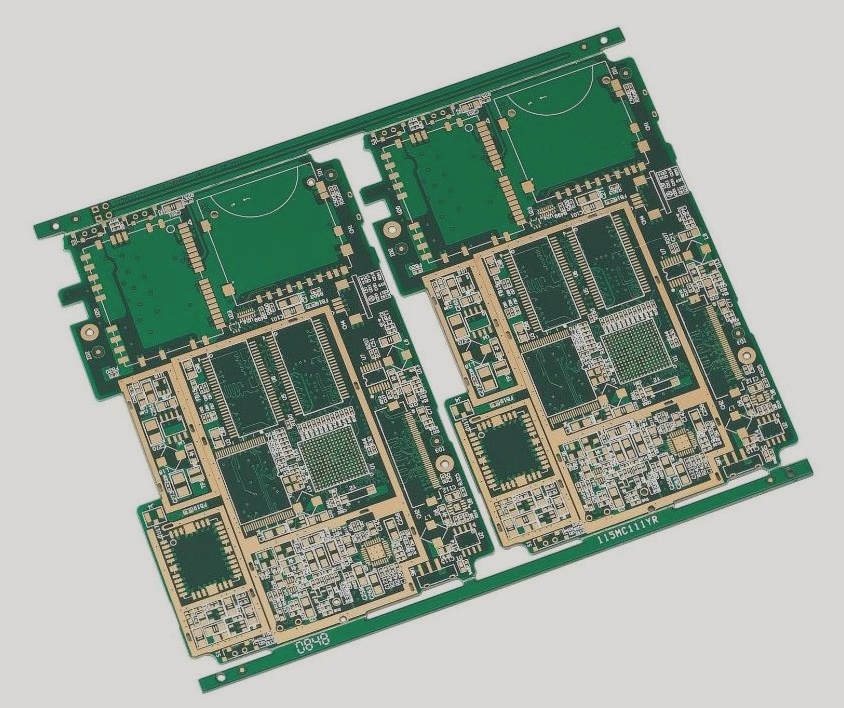PCB design for switching power supply circuits
The design of a switching power supply layout should closely follow its electrical design, focusing on efficient component placement, minimizing trace lengths, optimizing power and ground paths, and ensuring proper verification and output of Gerber files for production.



